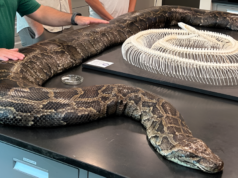
The question of whether birds are reptiles has sparked debate and curiosity among scientists and the general public alike. This inquiry stems from the complex evolutionary history of birds, which are known to have descended from dinosaurs—a group classified under reptiles. Understanding this relationship requires delving into both historical classification systems and modern phylogenetic analysis.
Historical Classification: Linnaean System
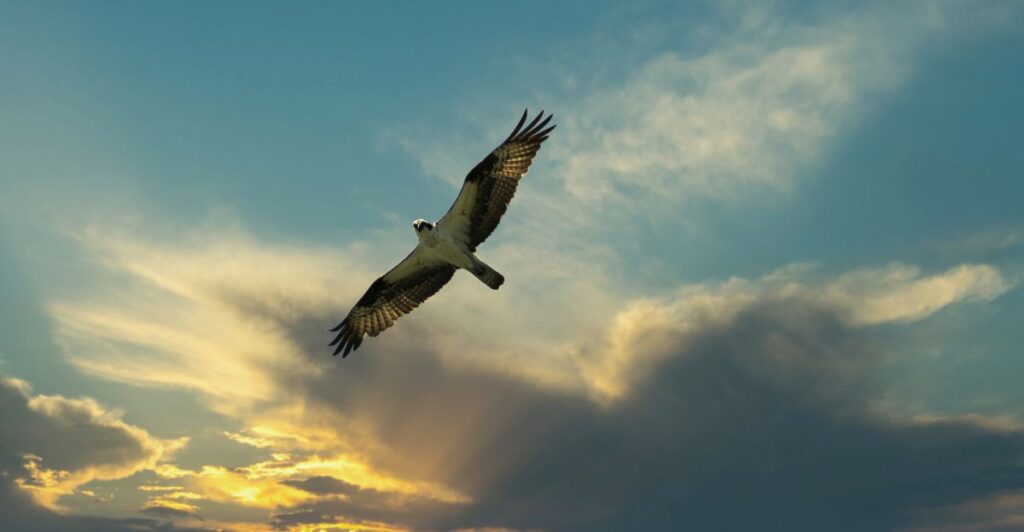
Historically, biologists used the Linnaean system developed by Carl Linnaeus in the 1730s to classify living organisms based on their physical characteristics. Under this system, reptiles were defined as ectothermic animals with scales, while birds were considered a separate group due to their warm-blooded nature and feathers. This distinction led to birds being categorized independently of reptiles.
Evolutionary Connection: Dinosaurs

Birds evolved from theropod dinosaurs during the Mesozoic Era. The most well-known evidence supporting this connection includes fossil records showing transitional forms between non-avian dinosaurs and early birds. Features such as feathers, hollow bones, and wishbones were present in both groups.
Phylogenetic Classification
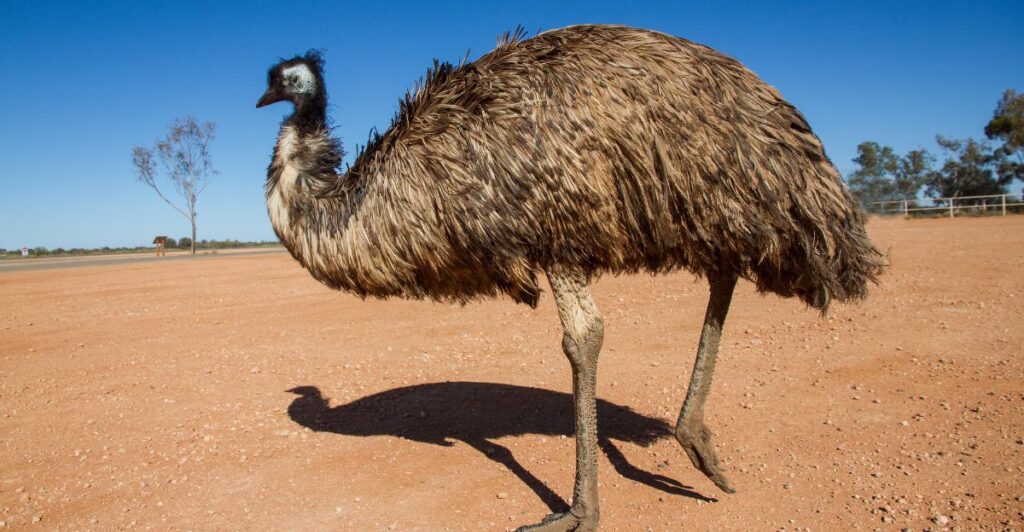
In contrast to the Linnaean system, phylogenetics classifies organisms based on their genetic relationships rather than physical traits. This method reveals that birds are closely related to crocodilians within a broader clade called Archosauria. Since Archosauria is nested within Sauropsida (which includes all traditional reptiles), phylogenetically speaking, birds can be considered part of Reptilia.
Definition of Reptilia
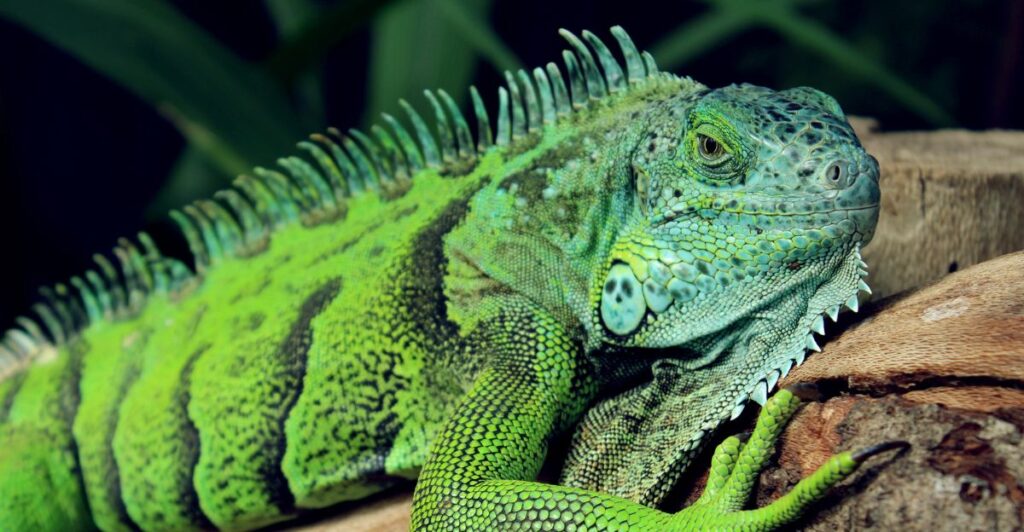
Reptilia traditionally refers to cold-blooded vertebrates like turtles, lizards (including snakes), tuataras, and crocodilians. However, when considering evolutionary relationships using cladistics (the study of common ancestry), Reptilia can include any descendant of its common ancestor—thereby encompassing Aves (birds).
Birds as Dinosaurs
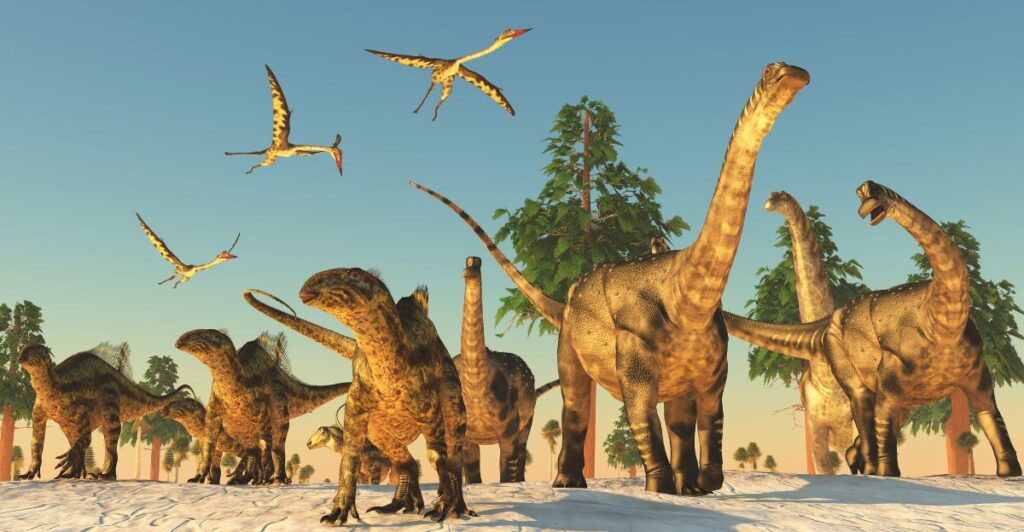
All modern birds belong to Aves or Neornithes clades but trace back further into Dinosauria through Theropoda. Since dinosaurs are classified as reptiles due to their shared ancestry with other archosaurs like crocodilians, birds also fall within this category when a broad definition is used based on shared ancestry.
Common Ancestor Concept
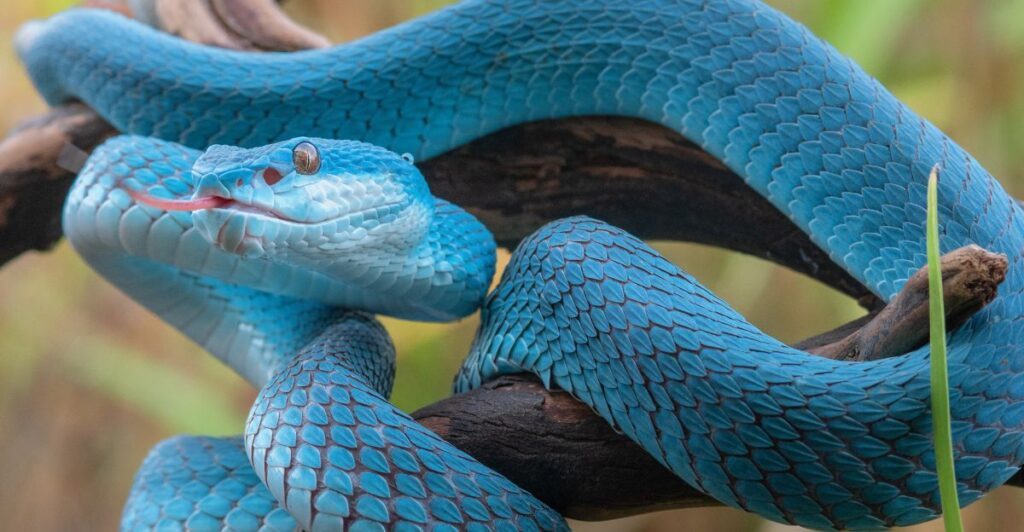
The concept that unites these diverse groups is their descent from a common sauropsid ancestor approximately 315 million years ago. This ancestor not only gave rise to modern lizards and snakes but also indirectly influenced the evolution of archosaurs, including dinosaurs, and thus eventually led to modern bird species.
Why Birds Don’t Look Like Other Reptiles

Despite being genetically linked with other reptilian lineages like crocodilians or turtles through shared ancestors deep in time past, many intermediate forms connecting them have gone extinct over millions years ago—most notably after mass extinctions events such as one occurring about sixty-six million years back.
Modern Science’s Perspective on Classification
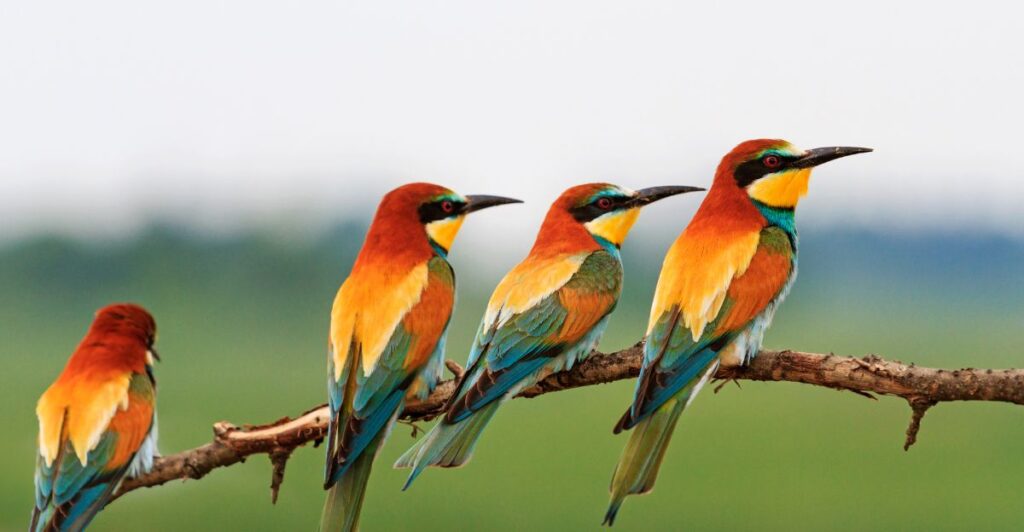
Modern science emphasizes genetic evidence over morphological traits for classification purposes. As such, scientists now recognize more clearly how different species interrelate across vast periods despite the superficial differences that appear today between distinct animal classes.
Public Perception vs Scientific Consensus

Public perception often diverges from scientific consensus because colloquial understanding remains rooted in older classification methods focusing solely upon visible characteristics rather than underlying biological connections revealed via genetics.
Implications for Understanding Evolutionary Relationships

Understanding these classifications helps illuminate broader patterns across life’s tree; revealing unexpected kinships highlights just how interconnected various organismal groups truly remain despite divergent appearances developed over time through adaptation processes unique to each lineage’s ecological niches they occupy today.
Phylogenetic Classification of Birds
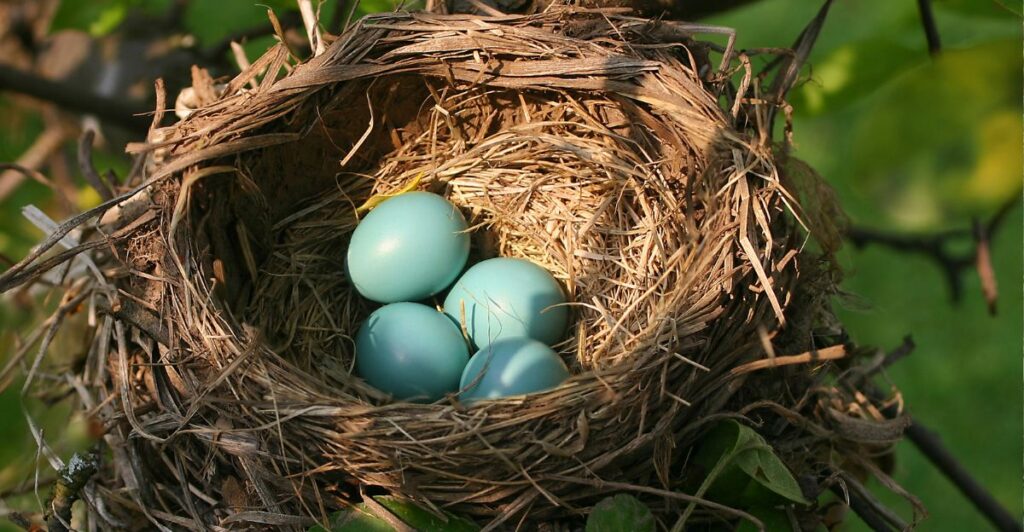
From a phylogenetic standpoint, birds are indeed reptiles. They share an ancestral lineage with what we commonly consider “reptile” families, making them technically part thereof. However, birds are highly specialized descendants possessing distinct features not seen elsewhere amongst those traditional categories—primarily warmth-bloodedness and feathered plumage, allowing flight capabilities unlike anything else found amongst remaining members still alive currently belonging to the same overarching grouping.
The Bird-Reptile Relationship

In summary, while historically separated due to physical differences highlighted by earlier systems emphasizing morphology alone, recent advances in genetics coupled with a deeper understanding of evolutionary pathways demonstrate strong linkages tying avian species firmly within a larger framework encompassing what traditionally falls under the heading ‘reptile’.
Discover more of our trending stories and follow us to keep them appearing in your feed

Dinosaurs Discovered to Defy a 150-Year-Old Scientific Rule
Scientists Uncover Ancient ‘Hotspot’ That Shaped the Great Lakes Long Before North America Existed
13 Ways Dogs Are Helping Humans Live Longer, According to New Research
12 Common Kitchen Staples That Are Toxic To Dogs
References:
Reference 1
Reference 2
Reference 3
This article first appeared here
Stay connected with us for more stories like this! Follow us to get the latest updates or hit the Follow button at the top of this article, and let us know what you think by leaving your feedback below. We’d love to hear from you!



